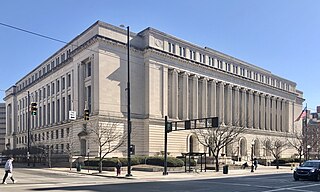
Hamilton County is located in the southwestern corner of the U.S. state of Ohio. As of the 2020 census, the population was 830,639, making it the third-most populous county in Ohio. The county seat and largest city is Cincinnati. The county is named for the first Secretary of the Treasury, Alexander Hamilton. Hamilton County is part of the Cincinnati-Middletown, OH-KY-IN Metropolitan Statistical Area.

Arlington is a village along the Elkhorn River in Washington County, Nebraska, United States. The population was 1,243 at the 2010 census. Arlington is named after Arlington, Ohio.
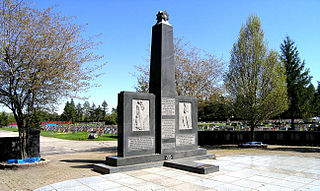
Bedford Heights is a city in Cuyahoga County, Ohio, United States. The population was 11,020 at the 2020 census. A suburb of Cleveland, it is a part of the Cleveland metropolitan area.

Brooklyn Heights is a village in Cuyahoga County, Ohio, United States. The population was 1,519 at the 2020 census. A suburb of Cleveland, it is a part of the Cleveland metropolitan area.

Mayfield Heights is a city in Cuyahoga County, Ohio, United States. The population was 20,351 at the 2020 census. An eastern suburb of Cleveland, it is part of the Cleveland metropolitan area.

Middleburg Heights is a city in Cuyahoga County, Ohio, United States. It is a suburb about 11 miles (18 km) southwest of downtown Cleveland. The population was 16,004 at the 2020 census.

Oakwood is a village in Cuyahoga County, Ohio, United States. The population was 3,572 at the 2020 census. An eastern suburb of Cleveland, it is a part of the Cleveland metropolitan area.

Grandview Heights, or simply Grandview, is a city in Franklin County, Ohio, United States. The population was 8,085 at the 2020 census.
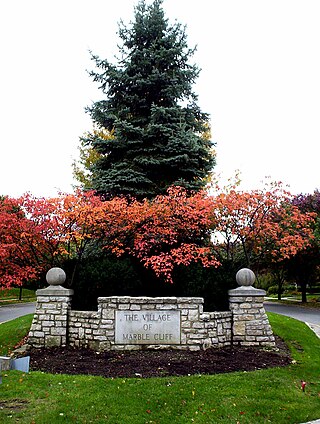
Marble Cliff is a village in Franklin County, Ohio, United States. The population was 634 at the 2020 census.

Amberley, locally known as Amberley Village, is a village in Hamilton County, Ohio, United States. The population was 3,840 at the 2020 census.

Elmwood Place is a village in Hamilton County, Ohio, United States. The population was 2,087 at the 2020 census. Except for a small portion which touches neighboring St. Bernard, Elmwood Place is nearly surrounded by the city of Cincinnati.

Evendale is a village in Hamilton County, Ohio, United States, within the Cincinnati metropolitan area. The population was 2,669 at the 2020 census.

Lincoln Heights is a village in Hamilton County, Ohio, United States. The population was 3,144 at the 2020 census. It is a suburb of Cincinnati.
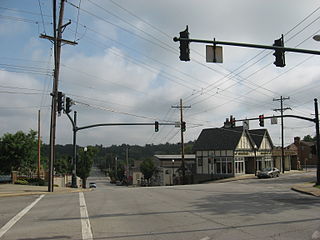
Madeira is a city in Hamilton County, Ohio, United States. The population was 9,487 at the 2020 census. A residential suburb of Cincinnati, Madeira has a small downtown and some light industry.
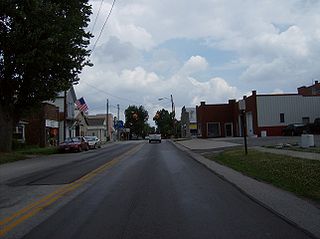
Arlington is a village in Hancock County, Ohio, United States. The population was 1,492 at the 2020 census.

West Liberty is a village in Logan County, Ohio, United States. The population was 1,770 at the 2020 census.

Windsor Heights is a village in Brooke County, West Virginia, United States. It is part of the Wheeling, West Virginia Metropolitan Statistical Area. The population was 423 at the 2010 census. Grace Davis was the mayor as of June 2017.

Sharonville is a city largely in Hamilton County in the U.S. state of Ohio. The population was 14,117 at the 2020 census.

Miami Heights is a census-designated place (CDP) in Miami Township, Hamilton County, Ohio, United States. The population was 5,166 at the 2020 census.
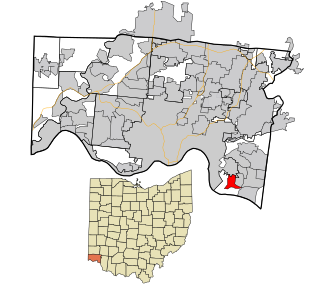
Salem Heights is a census-designated place (CDP) in Anderson Township, Hamilton County, Ohio, United States, adjacent to the city of Cincinnati. The population of Salem Heights was 3,862 at the 2020 census.



























